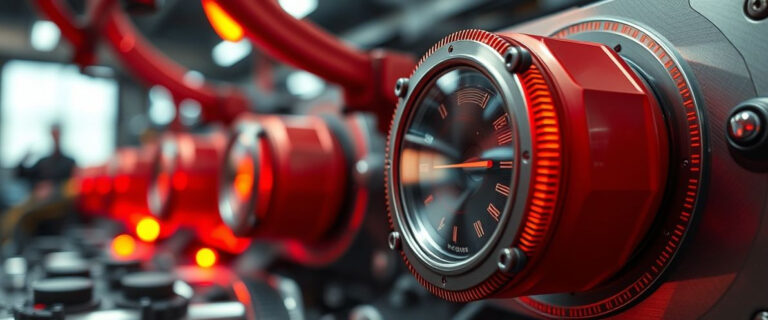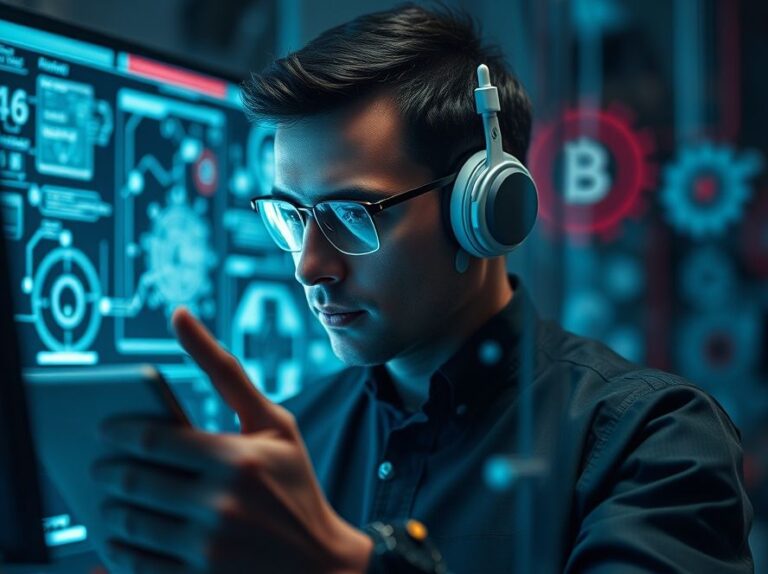Understanding Human-Robot Interaction
Human-Robot Interaction (HRI) is defined as the multidisciplinary study focused on the interactions between humans and robots. This field encompasses various aspects, including the design, implementation, and evaluation of robotic systems that can work alongside humans in a seamless manner. HRI aims to enhance the effectiveness of robots in performing tasks by ensuring that they can understand and respond to human behaviors, intentions, and emotions.
The Importance of Human-Robot Interaction
As robotics technology advances, the importance of HRI becomes increasingly evident. With applications ranging from manufacturing and healthcare to home automation and entertainment, the ability for robots to interact naturally and effectively with humans is crucial. For instance, in industrial settings, robots that can understand verbal commands or recognize gestures can significantly improve efficiency and safety. Similarly, in healthcare, robots that assist elderly patients need to be able to understand and respond to their needs empathetically.
Core Aspects of Human-Robot Interaction
- Communication: Effective communication is vital in HRI. This includes verbal communication, such as spoken commands, and non-verbal cues like gestures and facial expressions.
- Collaboration: Robots should be designed to collaborate with humans, taking into account human capabilities and limitations.
- Trust: Building trust between humans and robots is essential for successful interaction. Trust can be affected by the robot’s reliability, transparency, and ability to understand human emotions.
- Adaptability: Robots need to adapt to various human behaviors and environments. This adaptability enhances their usability in diverse contexts.
Real-World Examples of Human-Robot Interaction
In practice, HRI can be observed in various domains:
- Healthcare Robots: Robots such as Softbank’s Pepper are used in hospitals to assist patients and staff, providing information and companionship. These robots utilize natural language processing to engage in conversations.
- Manufacturing Robots: Collaborative robots (cobots) are designed to work alongside human workers on assembly lines. They can learn from human actions and adjust their tasks accordingly.
- Service Robots: Robots like those used in restaurants for serving food or cleaning are designed to interact with customers, enhancing their dining experience.
Applications and Practical Uses of Human-Robot Interaction
Integrating HRI into various sectors can yield numerous benefits:
- Education: Robots are being utilized in classrooms to engage students in learning through interactive experiences, such as programming simple tasks or conducting science experiments.
- Home Automation: Smart home devices, such as robotic vacuum cleaners, utilize HRI by responding to voice commands and learning user preferences to optimize their cleaning schedules.
- Entertainment: Robots in theme parks or exhibitions interact with visitors, providing information or entertainment, thereby enhancing visitor engagement.
Implementing Human-Robot Interaction in Your Projects
For developers and IT professionals looking to incorporate HRI into their projects, consider the following steps:
- Define the interaction context: Identify the specific environment where the robot will operate and the type of interactions required.
- Choose suitable technologies: Depending on your project, select appropriate sensors, communication interfaces, and programming languages.
- Design user-friendly interfaces: Ensure that the communication methods are intuitive for users, incorporating both verbal and non-verbal cues.
- Test and iterate: Conduct user testing to gather feedback and refine the interaction methods.
Related Concepts in Human-Robot Interaction
Understanding HRI also involves familiarizing yourself with related concepts:
- Artificial Intelligence (AI): AI plays a critical role in enabling robots to understand and respond to human inputs effectively.
- Machine Learning: This subset of AI allows robots to learn from interactions and improve their responses over time.
- Human-Computer Interaction (HCI): Insights from HCI can inform the design of more effective human-robot interfaces.
Conclusion: The Future of Human-Robot Interaction
As technology evolves, the field of Human-Robot Interaction will continue to expand, leading to more sophisticated and intuitive systems. Understanding HRI is essential for developers and IT professionals, as it allows for the creation of robots that can work alongside humans in a meaningful way. By embracing the principles of HRI, we can unlock the full potential of robotics in our daily lives.
Reflect on how you can implement the knowledge of HRI in your own projects. Whether through enhancing collaboration in manufacturing or improving user experience in services, the future of technology is increasingly intertwined with our ability to interact with robots effectively.









